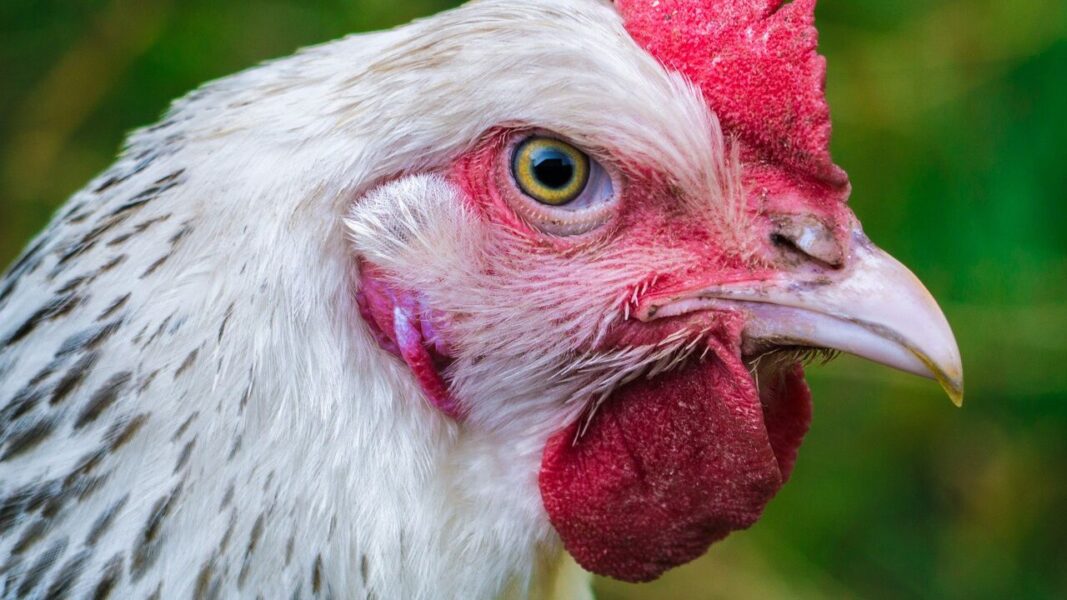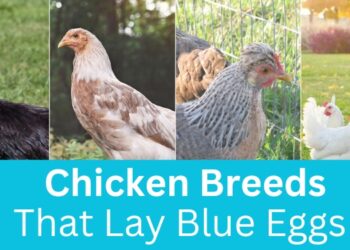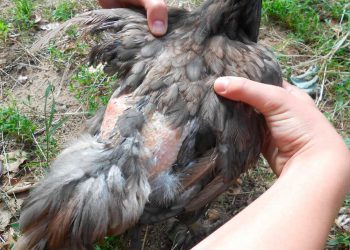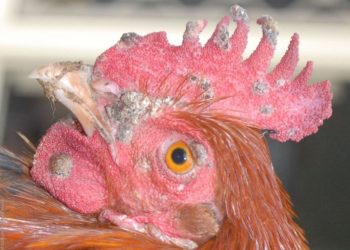In the past, infectious coryza or snot bee in poultry has mainly occurred in those parts of the world with a warm climate, but the disease can also occur in areas with a temperate climate. This disease has also been a well-known phenomenon in the Netherlands and Belgium since 1930. As a rule, it is an acute condition that is highly infectious and can also become chronic after an outbreak.
Older chickens are especially susceptible to this infection. In younger animals, the symptoms are less severe and the duration of the illness is shorter. In particular, the chickens get an inflammation of the anterior airways in which the nasal cavity and the paranasal sinuses become inflamed.
The perpetrator
The causative agent of Infectious Coryza is the bacterium Avibacterium paragallinarum. This was formerly also called Haemophilus paragallinarum. Infections occur such as through the mucous membranes of the eye and nose. It is mainly the infected carriers that transmit the bacteria, namely via water droplets in the air, drinking water, or via direct contact. Company contacts can also be a source of contamination, whereby passive carriers such as means of transport can also transmit the bacteria.
Reading Suggestions: Snot in chickens: recognizing and treating the disease
This risk is not very great because the bacterium can only survive outside the host for a short time. In drinking water, the bacteria survive for four hours. Sunlight (VV light) kills the bacteria. The bacteria also die due to dehydration and disinfectants are also effective to kill the bacteria. Once a flock is infected, the flock will continue to contain carriers. It is therefore important to take sufficient hygiene measures in such flocks to prevent contamination.
Outdoor poultry
Poultry that goes outside, as is the case with most hobby animal keepers, runs an increased risk of infection if there is an infected company in the area. The bacteria can spread through the ventilation system of an infected company. 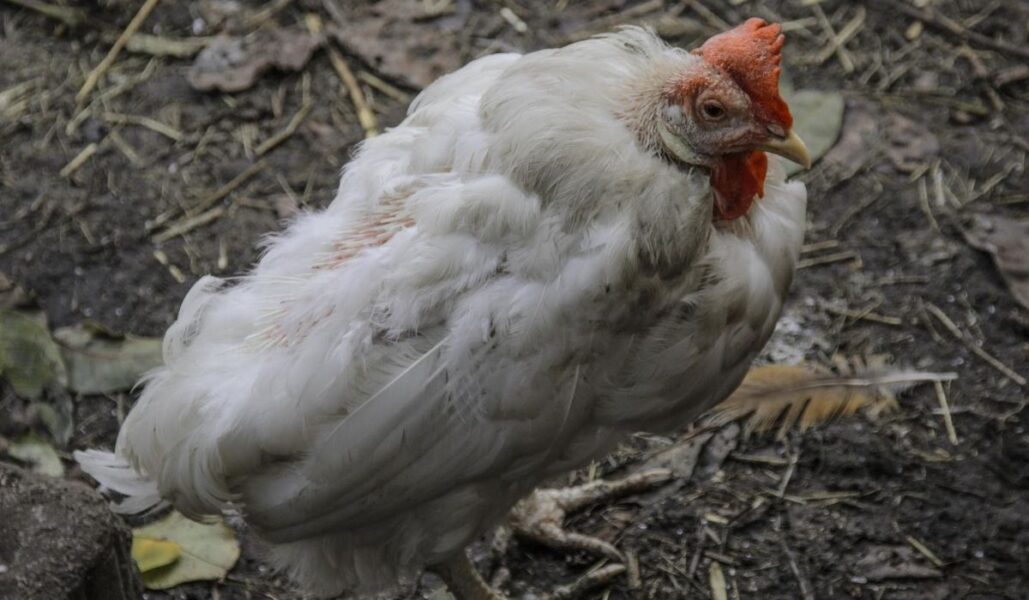
It should be noted that in industrial poultry farming this disease is well controlled and that it is especially the import of chickens from abroad for hobby animal farmers more often a source of contamination. The ‘real’ hobby animal keepers who want to improve their breed often obtain their material from fellow hobby breeders and the risk of infection is much less.
Symptoms Coryza
With acute snot or Coryza, we see the following symptoms. There are breathing problems. Rattling noises are made and the heads also become thicker. This is a result of the accumulation of fluid in the paranasal sinus and the skin under the eye. The paranasal sinuses are overflowing with purulent viscous fluid. The eyes can also be affected and become closed. Purulent fluid flows from the eyes and nose. Water and food are absorbed less and there is diarrhea. The chickens are losing weight.
Egg production is noticeably declining. There is a reduced egg production of 10% to 40%. Chickens also die with percentages of sometimes more than 20%. The symptoms of the disease extend over a period of two to three weeks. In older chickens that are more susceptible to this disease, the disease lasts longer. Young chickens have symptoms that are not as severe and the duration of illness is shorter than in older chickens.
Treat quickly
Start treatment as soon as possible, because then the chance of recovery is greatest. Take the sickest animals to the vet because they can make a conclusive diagnosis. The common cold is often mistaken for snot. But with a cold, the eyelids are not swollen, but the chickens can have a runny nose. They also keep their beaks open because they can no longer breathe properly through their nose due to the mucus build-up. Colds are often a result of poor housing where there is moisture and drafts in the loft.
carriers
Once the infection has struck, there is a risk that the disease will return. Once a flock of chickens has been infected, carriers of this disease remain in the flock. If for whatever reason, there are circumstances present that reduce the resistance of the couple, the disease can reappear.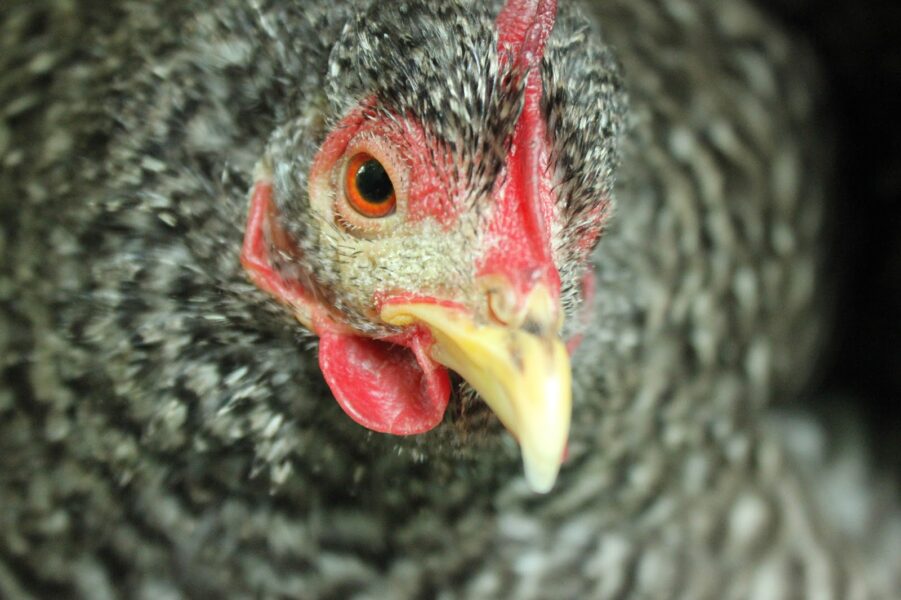
Diagnosis
The diagnosis of this disease is a matter of expertise. The disease can be confused with various other diseases and that is why it is desirable for a layman to have the vet make the diagnosis. Also, coryza can occur in combination with more germs that only make everything worse.
Purchase
It will be clear that if you want to keep a few chickens, it is best to get these chickens from hobby animal keepers who are involved in breed improvement and get their breeding material from other hobby animal breeders. These are breeders who choose their breeding material carefully, not only for the exterior of the chickens but also for health. Chickens from abroad are a risk factor that should not be neglected. The industrial chicken farmers have covered this risk well, the hobby animal farmers can best buy their chickens from the real ‘hobbyists’.


